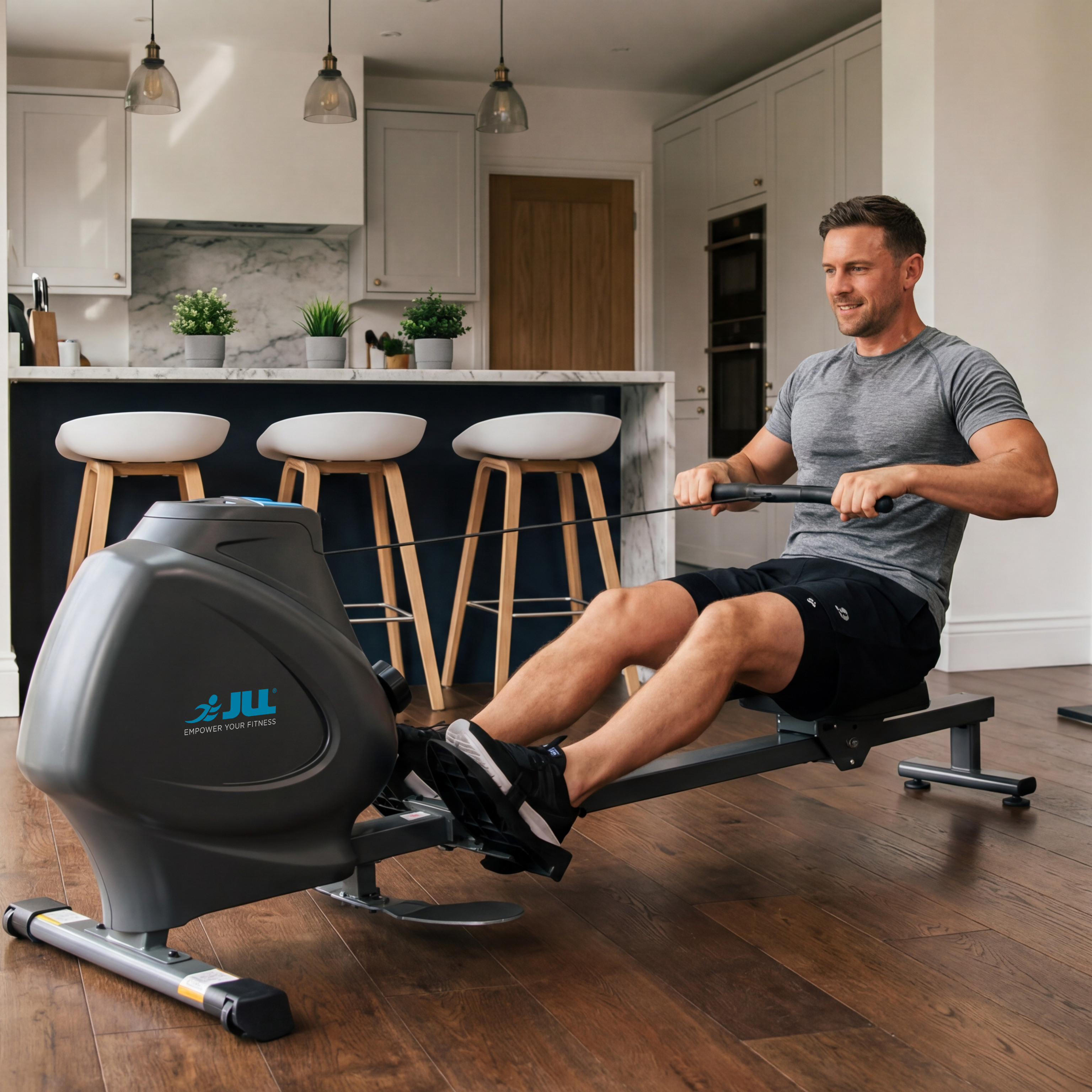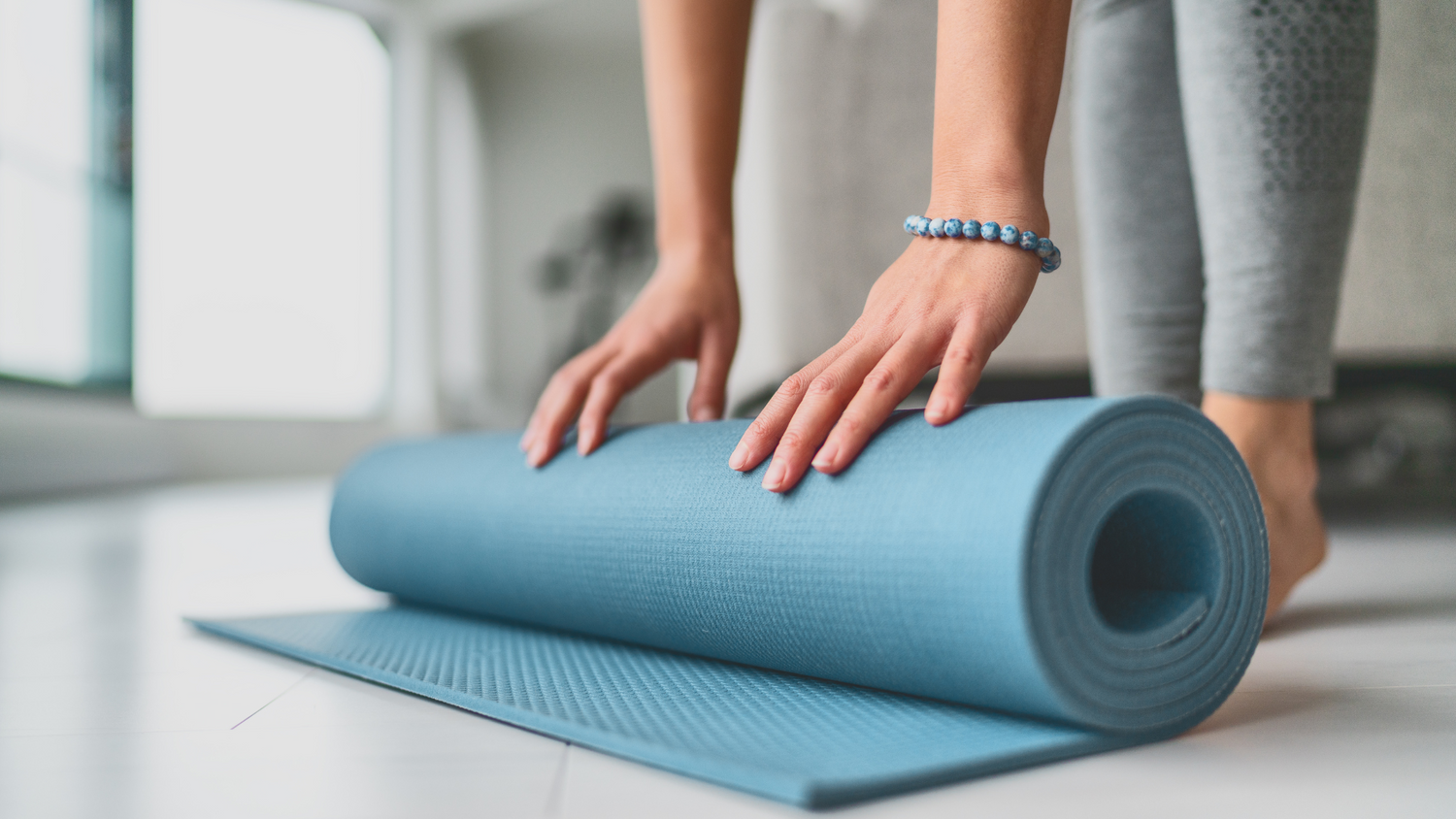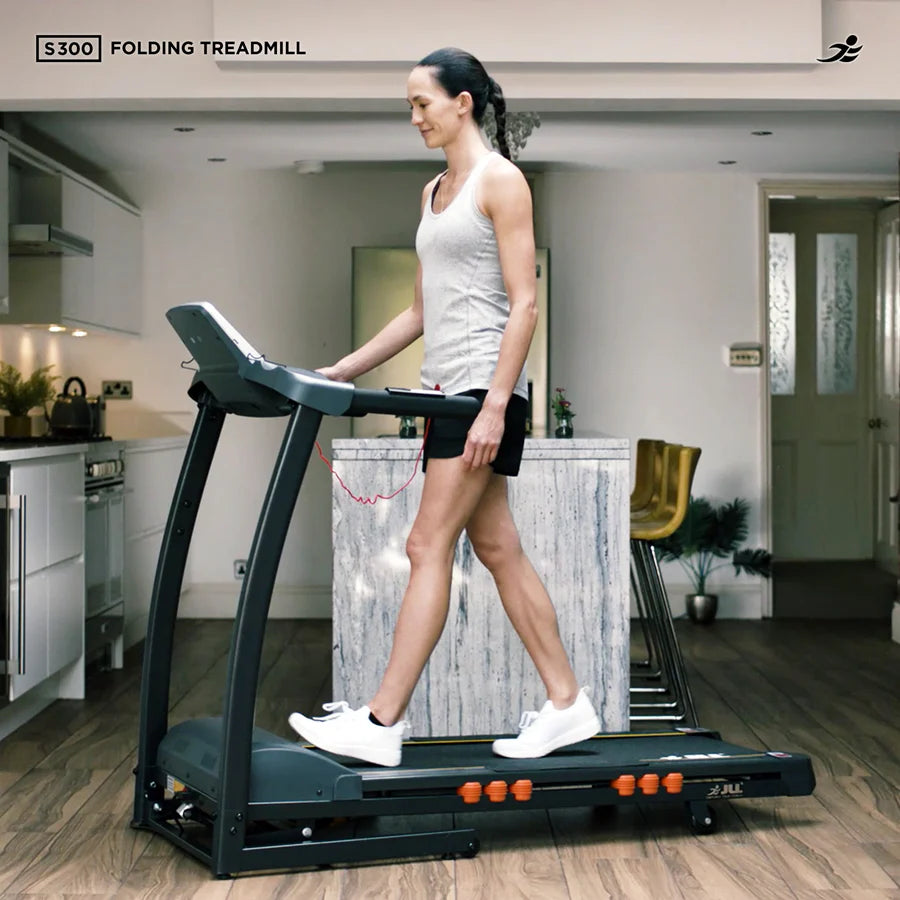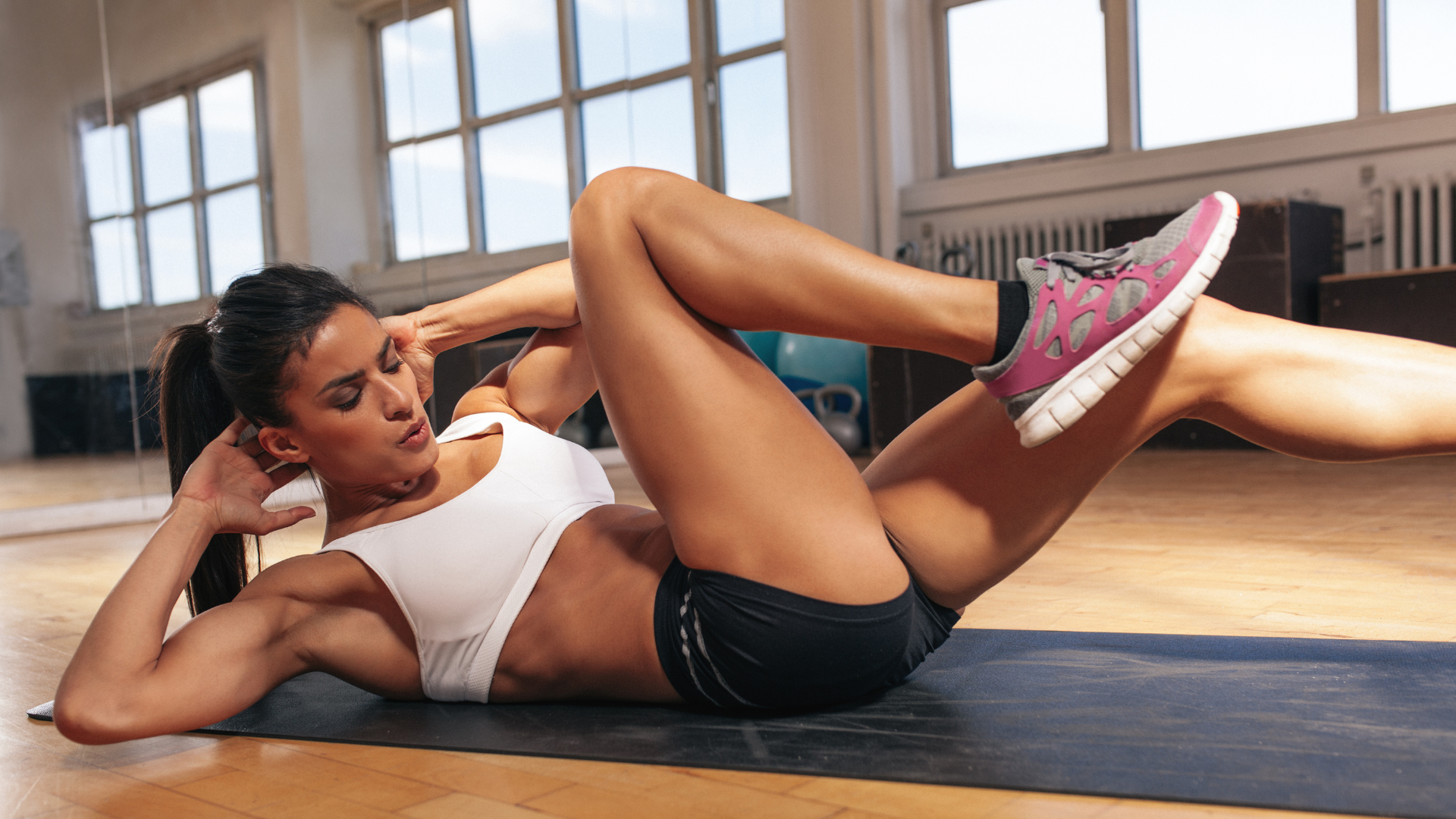Yoga is more than just an exercise; it's a journey towards mindfulness, balance, and physical well-being. Whether you’re a beginner or a seasoned yogi, having the right equipment can significantly enhance your practice. In this guide, we'll walk you through the essential yoga gear and how to choose the best options for your needs.
-
Yoga Mats
Why You Need It: A good yoga mat provides a stable, non-slip surface that enhances balance and safety during poses.
Types of Mats:
- PVC Mats: Durable and provide excellent grip, but not eco-friendly.
- TPE Mats: Eco-friendly, lightweight, and offer good cushioning.
- Natural Rubber Mats: Biodegradable and offer excellent grip and support, though heavier and pricier.
What to Look For:
- Thickness: Thicker mats (10mm-15mm) provide more cushioning, great for restorative yoga. Thinner mats (6mm) offer better stability, suitable for dynamic styles like Vinyasa.
- Texture and Material: Ensure the mat has a non-slip texture and is made of durable material.
- Portability: Consider weight if you plan to carry your mat frequently.
-
Yoga Blocks
Why You Need It: Blocks help in achieving proper alignment, especially in difficult poses, by bringing the ground closer to you.
Types of Blocks:
- Foam Blocks: Lightweight and affordable, ideal for beginners.
- Cork Blocks: Heavier and more stable, providing better support.
- Wooden Blocks: Durable and sturdy, though less comfortable for some poses.
What to Look For:
- Size: Standard blocks are 9x6x4 inches. Smaller or larger blocks can be chosen based on hand size and flexibility.
- Density: Choose a density that provides the right balance of comfort and support.
-
Yoga Straps
Why You Need It: Straps aid in stretching and achieving poses that require flexibility, making them great for beginners and advanced practitioners alike.
Types of Straps:
- Cotton Straps: Durable and easy to grip.
- Nylon Straps: Strong but can be slippery.
- Adjustable Straps with Buckles: Allow for customisation of length.
What to Look For:
- Length: Standard lengths are 6ft, 8ft, and 10ft. Longer straps are versatile for a variety of poses.
- Width: Wider straps are easier to hold and provide better support.
-
Yoga Wheels
Why You Need It: Yoga wheels are excellent for improving flexibility, deepening stretches, and providing support in challenging poses.
What to Look For:
- Material: Look for wheels made of durable materials with a non-slip surface.
- Size: Standard wheels are about 12 inches in diameter. Smaller wheels offer more targeted support.
Investing in quality yoga equipment can greatly enhance your practice, making it more enjoyable and effective. Whether you're looking for a supportive mat, sturdy blocks, or a comfortable meditation cushion, choosing the right gear tailored to your needs is key to a fulfilling yoga journey. Remember, the best equipment is the one that feels right for you, supporting your body and mind as you flow through your practice.








2 comments
Luna Ward
Great guide – super helpful for beginners like me! I also use shemed.co.uk for some wellness bits to go along with my yoga routine. Nice to see everything explained so clearly here!
Leo
This guide is really helpful for anyone starting or improving their yoga journey. I’ve also found shemed.co.uk shares great advice on choosing the right wellness tools that support both body and mind.
Leave a comment
All comments are moderated before being published.
This site is protected by hCaptcha and the hCaptcha Privacy Policy and Terms of Service apply.